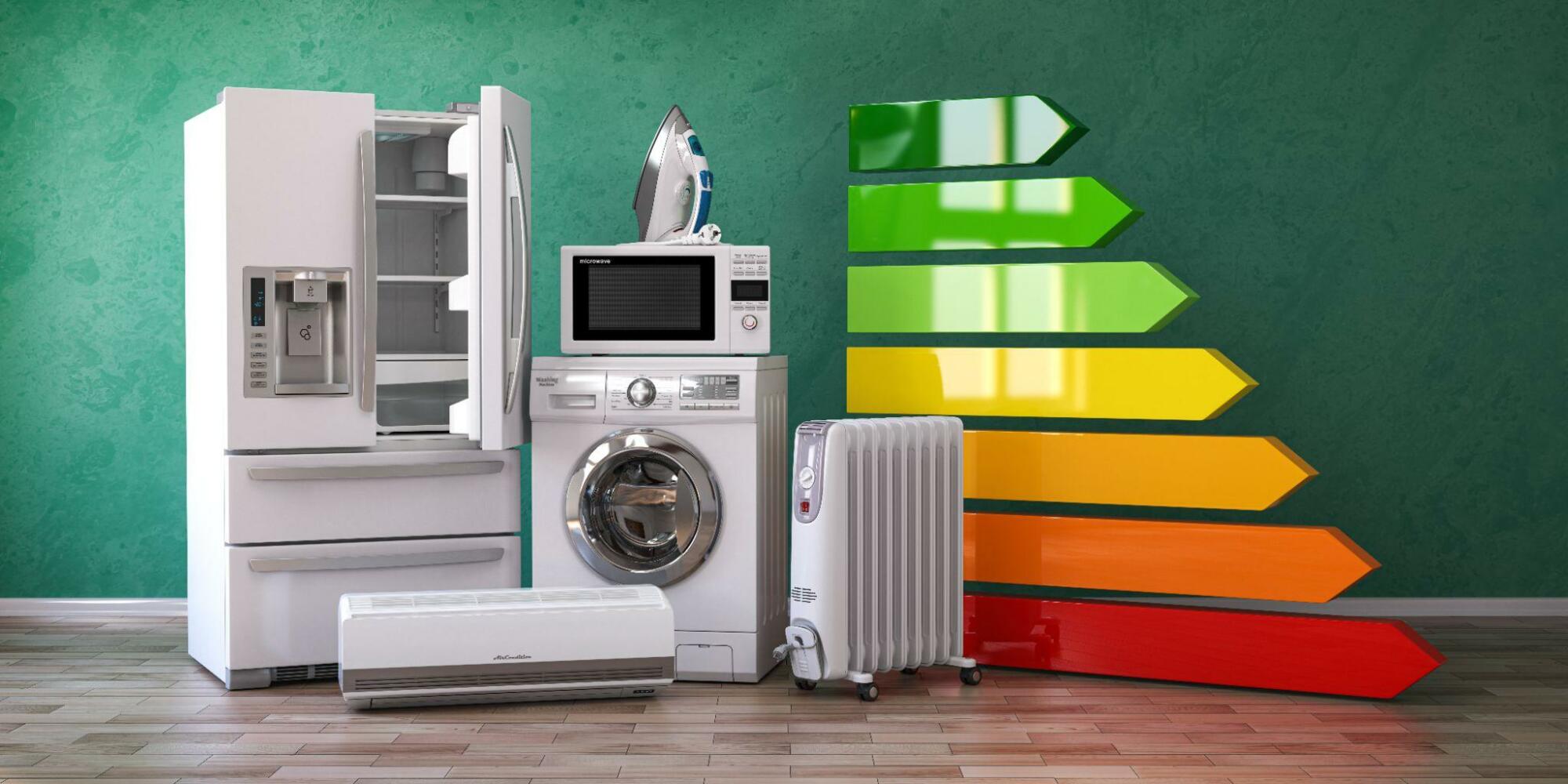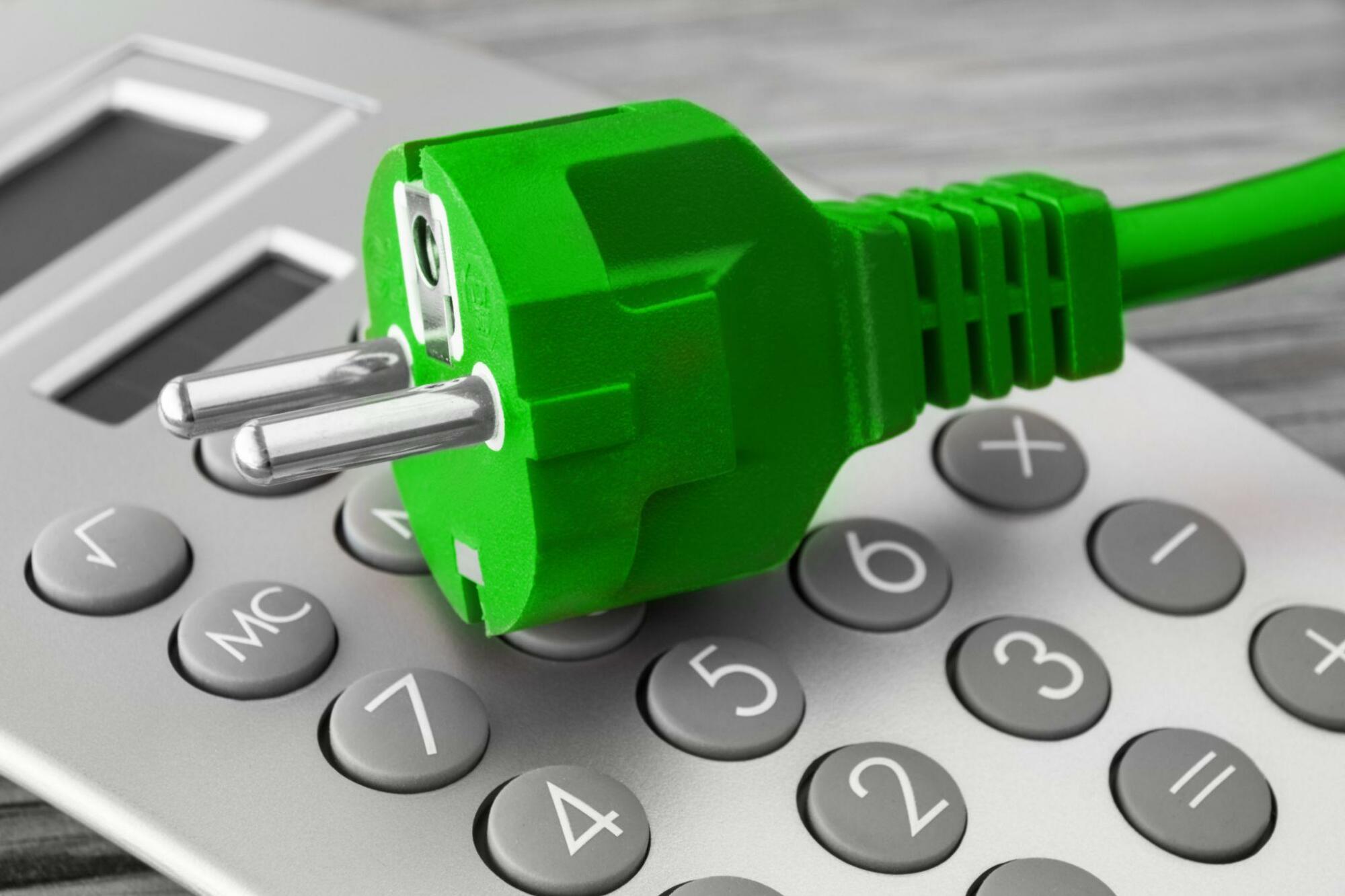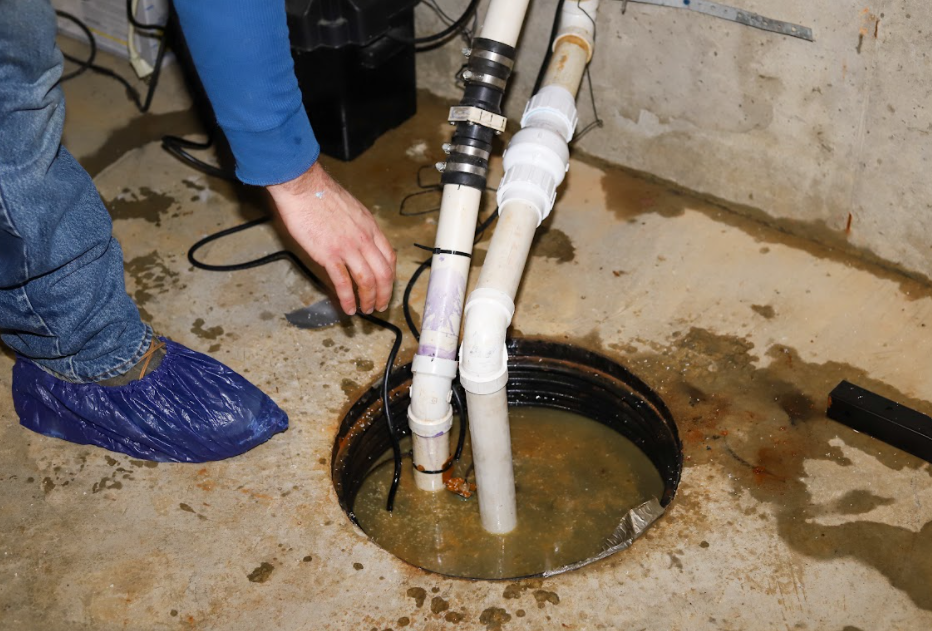Electricity bills pose a significant monthly financial commitment for numerous households, fuelling a vast selection of utilities, from essential home appliances to recreational gadgets. Nonetheless, the task of fully comprehending these bills and the precise mechanism underpinning their calculation can be a daunting one. Your electricity bill comprises two central factors: one revolves around the cost per unit of electricity typically measured in kilowatt per hour (kWh), and the other focuses on the total amount of electricity consumed in your household. Accordingly, the primary influences on your home’s electricity consumption are the tariffs set by your electricity provider, the energy efficiency of the appliances you opt for, and the behavioural patterns guiding your energy usage.
Embarking upon targeted strategies aimed at minimising electricity bills can yield manifold benefits. In the long run, incorporating such strategies into your daily life could facilitate significant savings, champion the concept of energy conservation by reducing wastage, and allow you to contribute sustainably towards preserving our environment by curtailing unnecessary emissions from energy generation. Throughout this comprehensive analysis, we will closely explore these strategies, undeniably confirming why they are pivotal in your endeavour to reduce your electricity costs.
Comprehensive Dissection of Your Electricity Usage
The journey towards reducing your electricity bill begins with identifying and thoroughly understanding the concept of energy usage. This essential factor dictates how much electricity different appliances use when in use. A meticulous review and interpretation of your electricity bill can yield valuable data that sheds light on your patterns of energy usage and the costs associated with each. Moreover, comprehension of how your home appliances and devices contribute to your overall energy consumption is vital, as appliances of varied sizes and functionalities consume power at a broad spectrum of rates.
Large household appliances, including your refrigerator, air conditioner, washing machine, heating systems, and water heater, typically consume much electricity. This renders these appliances significant contributors to your electricity bill. This in no way undermines the role of smaller devices, which, despite seemingly inconsequential at first glance, also play a considerable role in your overall electricity consumption. Chargers, digital TV boxes, and similar small utilities, even in standby mode, continue to draw power, a phenomenon often referred to as ‘vampire power.’ Gradually, these phantom loads can add up, significantly increasing your total electricity cost.
Investment in Energy Efficient Appliances: A Long-Term Commitment
Adopting energy-efficient appliances is one of the most prominent strategies to manage and control your energy consumption. Crafted through technology-led designs, these appliances are purposefully made to consume considerably less electricity than their traditional counterparts. Beyond their primary advantage in reducing your electricity bills, choosing energy-efficient appliances also asserts your support for environmentally friendly practices. Notably, such appliances boast improved performance, reduced annual operating costs, and contribute to significantly lowering carbon emissions, which make them an ideal choice for individuals aspiring to own an eco-conscious household.

However, there is a financial consideration to consider when deciding to transition to energy-efficient appliances. These appliances are typically costlier due to the integration of sophisticated technology that delivers superior functionality at lower power consumption. Thus, investing in them involves a critical cost-benefit analysis where long-term savings from reduced power usage must be weighed against the initial expenditure. While these appliances undeniably lead to reductions in annual electricity costs, you must also account for these upfront costs and assess how soon you can expect to recoup your initial investment.
Building Energy Efficient Homes: An Optimisation Strategy
In addition to the pivotal role played by energy-efficient appliances, optimising your home’s design to support energy efficiency works as a key strategy to reduce electricity bills. Factors including the layout of your household, your choice of lighting solutions, and the insulation you opt for all critically impact energy consumption, influencing the feel of your home within the diverse Australian climate.
For example, during colder winters, a home not optimally insulated could result in overworking your heaters, leading to excess electricity consumption due to the inability to retain warm air indoors. Conversely, in hotter summers, inefficient insulation could mean that your air-conditioning systems work incessantly to cool the indoor air. At the same time, the heat from outside continues to seep in simultaneously. In light of this, investing in effective home insulation can be a worthwhile long-term strategy that directly contributes to reducing energy usage and, in turn, your electricity bills.
Thanks to evolving technology, homeowners today have many innovative tools available to assist in energy optimization. Devices such as smart energy monitors or advanced thermostats can significantly contribute to managing energy consumption in your home. These state-of-the-art devices offer high control over electricity usage, tweaking it in real-time to ensure optimum energy use.
Behavioural Adjustments: Small Changes for Big Impacts
Recognizing the link between our daily behaviour and overall household energy usage is crucial. Alterations in daily habits, however minor they may seem, when practised consistently, can accumulate over time to significantly reduce your energy usage and, consequently, your monthly electricity bills.
Simple tasks like responsibly switching off lights when leaving a room, judicious management of heating or cooling appliances, or using washing machines and dishwashers only when they are at total capacity, can yield reductions in energy usage that, when monitored over an extended period, lead to considerable savings.
Moreover, an awareness of when to use your appliances could affect your monthly electricity costs. Peak and off-peak times profoundly impact the cost per unit of electricity. Consequently, scheduling power-intensive tasks such as running the laundry cycle or operating your dishwasher during off-peak hours can facilitate additional bill reductions.
The Rise of Renewable Energy: A Sustainable Path towards Minimisation of Electricity Bills
In recent years, the emergence and potential of renewable energy sources have taken centre stage in the global conversation surrounding energy and environmental conservation. Renewable energy presents a sustainable path forward, paving the way for reducing harmful emissions without sacrificing our increasingly electricity-reliant lifestyles.
Specifically, in regions such as Brisbane, where sunny days are abundant, homeowners can opt for solar power, a readily available, environmentally friendly alternative. Integrating renewable energy sources such as solar power into your household can significantly reduce your electricity bills. Solar panels allow homeowners to generate their own electricity to meet their specific needs. Often, such installations produce surplus electricity to be fed into the grid, thus earning credit on electricity bills.
Though the initial costs associated with installing solar panels can be substantial, the long-term savings achieved due to reduced dependence on the grid for electricity make it a viable investment.
Conclusion
In conclusion, the endeavour to minimise electricity bills calls for detailed, multi-faceted strategies beyond merely opting for energy-efficient appliances. Understanding your electricity usage, behavioural modifications, an optimised home design, and incorporating renewable energy sources come together in developing a robust and effective strategy to help reduce your electricity costs.
These strategies offer twofold benefits—tangible financial benefits for individuals while simultaneously nurturing a culture of environmental conservation. Consistent implementation of these strategies can bring about substantial differences in your household’s utility costs, creating a win-win scenario for both consumers and the environment.
We urge our readers to contemplate these strategies and incorporate them into
their daily routines, wherever feasible. No moment is better than the current one to begin working towards reducing your electricity costs. When consistently employed, even the smallest of changes can create substantial ripples of impact in your home and, even more so, in the broader environment. Therefore, let’s begin this journey today, ushering in a brighter, more sustainable tomorrow.






